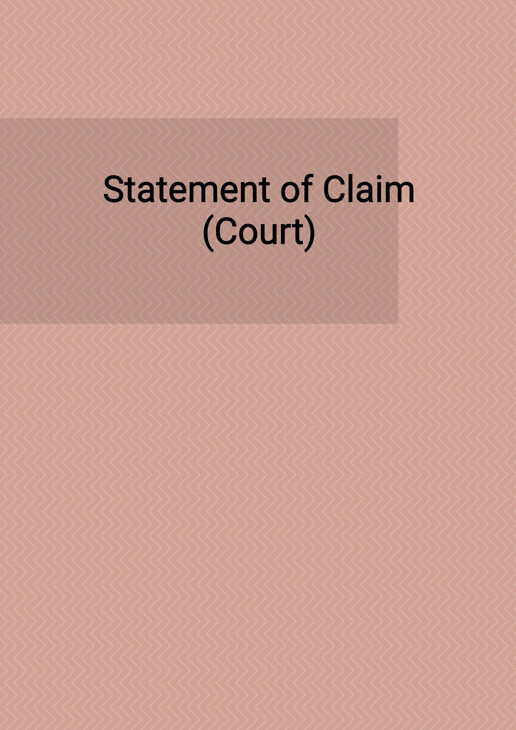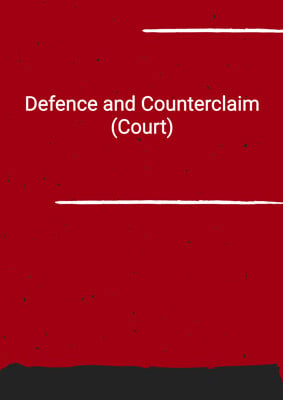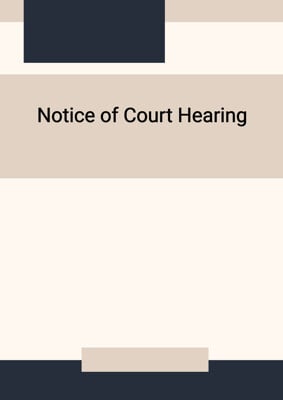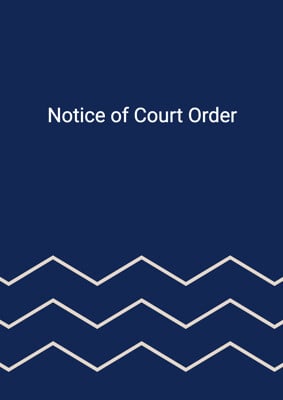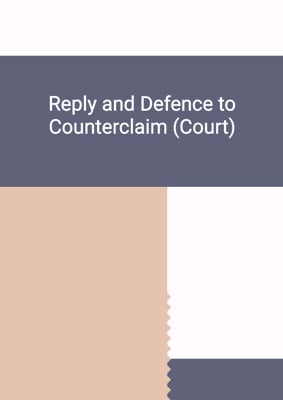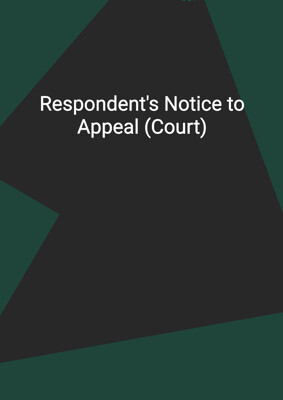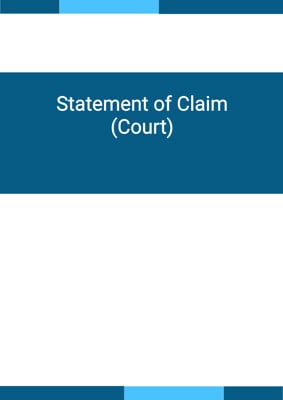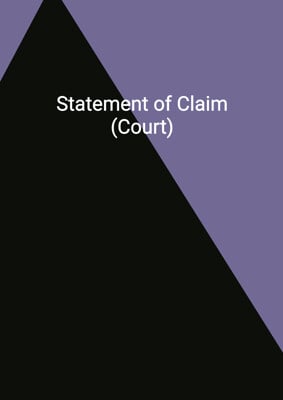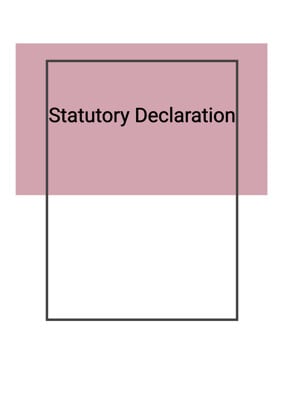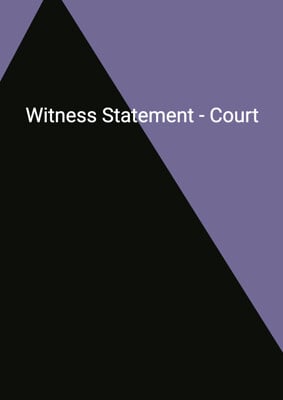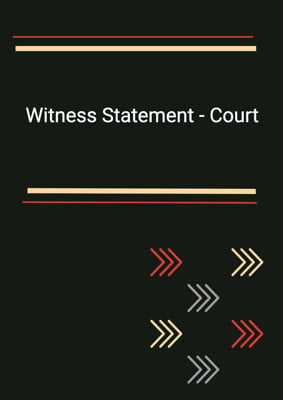How to Tailor the Document for Your Need?
01
Create Document
Click "Create Document" button and the document will be prepared with your account details automatically filled in.
02
Fill Information
Please fill in any additional information by following the step-by-step guide on the left hand side of the preview document and click the "Next" button.
03
Get Document
When you are done, click the "Get Document" button and you can download the document in Word or PDF format.
04
Review Document
Please review the document carefully and make any final modifications to ensure that the details are correct before publication / distribution.
Document Preview
Document Description
The document titled 'Statement of Claim (Court)' is a legal document that is used in a court of law to initiate a legal action by the plaintiff against the defendant. It is an important document as it outlines the claims made by the plaintiff and provides the basis for the legal proceedings.
The entire document is divided into several sections, each serving a specific purpose. The first section is the title, which clearly identifies the document as a 'Statement of Claim (Court)'. This sets the context for the rest of the document.
The content of the document starts with the introduction of the parties involved in the case. The plaintiff is identified by their name and is described as a wholesaler or manufacturer/supplier, depending on the nature of their business. The defendant is also identified by their name and is described as a company incorporated in the jurisdiction state.
The next section of the document is the statement of claim itself. It begins with a brief overview of the contract between the plaintiff and the defendant. The contract is described as either made orally or dated, depending on the circumstances. The material clauses of the contract are then listed, including clauses related to delivery, payment, and purchase price.
If the claim is based on the defendant's failure to deliver, additional details are provided. The plaintiff states that the defendant knew or should have known that the products were required for resale at a profit. The plaintiff also mentions the payment made to the defendant and highlights the breach of contract by the defendant's failure to deliver the products.
The particulars of the claim are then presented, including the loss and damage suffered by the plaintiff. The plaintiff claims the difference in price between the supplier they had to purchase from and the defendant, as well as other damages and costs.
If the claim is based on the defendant's cancellation of the order or failure to pay, different particulars are provided. The plaintiff mentions the sale of the products to another customer at a lower price, the inability to use the materials for another customer, and the amount of products delivered under the contract. The plaintiff claims the difference in price, the costs of the materials, and other damages and costs.
The document concludes with the plaintiff's belief in the truth of the facts stated in the statement of claim, followed by the date and signature of the plaintiff.
In summary, the 'Statement of Claim (Court)' is a detailed legal document that outlines the claims made by the plaintiff against the defendant. It provides a thorough introduction to the parties involved, describes the contract and its material clauses, presents the particulars of the claim, and concludes with the plaintiff's belief in the truth of the facts stated.
How to use this document?
1. Identify the parties: Clearly state the names of the plaintiff and the defendant, along with their respective roles (e.g., wholesaler, manufacturer/supplier).
2. Describe the contract: Provide an overview of the contract between the plaintiff and the defendant, specifying whether it was made orally or dated.
3. List material clauses: Identify the important clauses of the contract, such as those related to delivery, payment, and purchase price.
4. Provide additional details (if applicable): If the claim is based on the defendant's failure to deliver, mention the defendant's knowledge of the products' resale value and the payment made by the plaintiff. If the claim is based on the defendant's cancellation of the order or failure to pay, mention the sale of the products to another customer, the inability to use the materials, and the amount of products delivered.
5. Present the particulars of the claim: Clearly state the loss and damage suffered by the plaintiff, including the difference in price, the costs of the materials, and any other damages and costs.
6. Conclude the document: Express the plaintiff's belief in the truth of the facts stated in the statement of claim, and include the date and signature of the plaintiff.
7. Seek legal advice: It is recommended to consult with a lawyer or legal professional to ensure the accuracy and completeness of the statement of claim, as well as to understand the specific legal implications and procedures involved in filing the claim in court.
